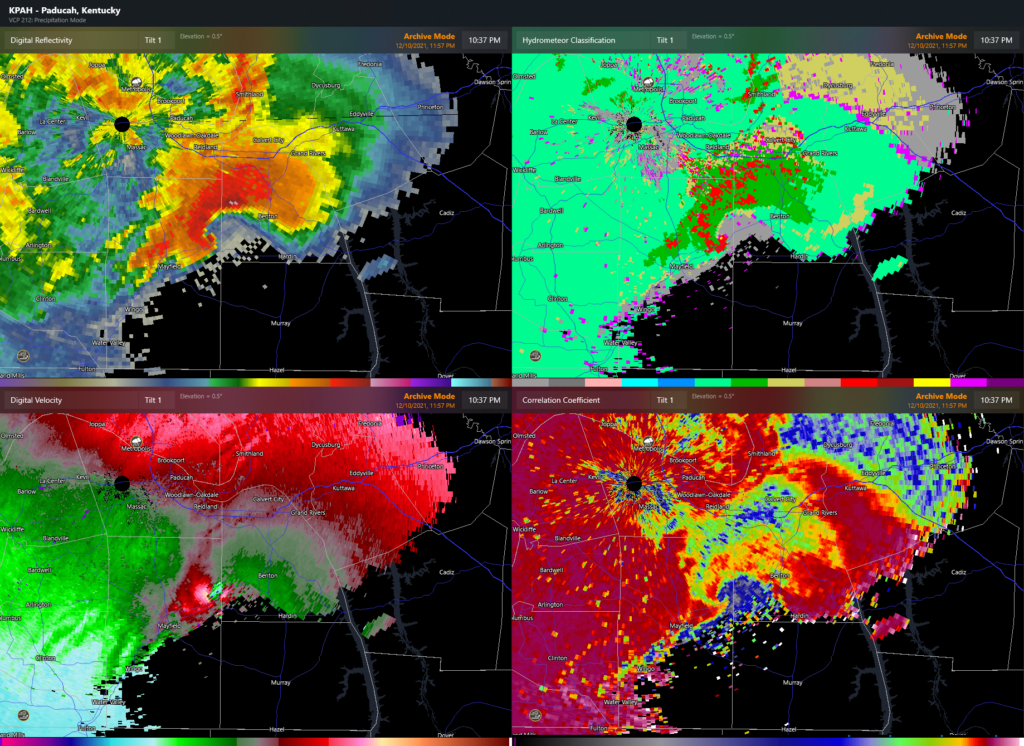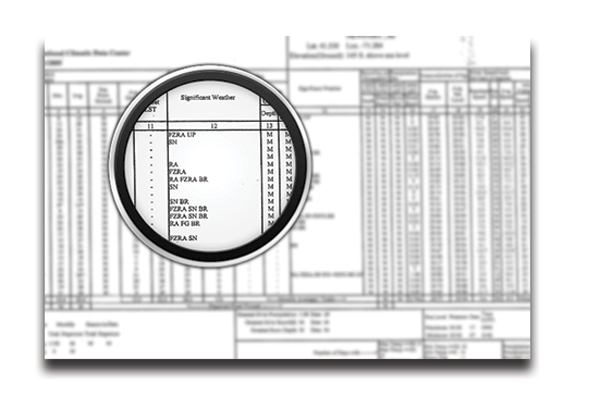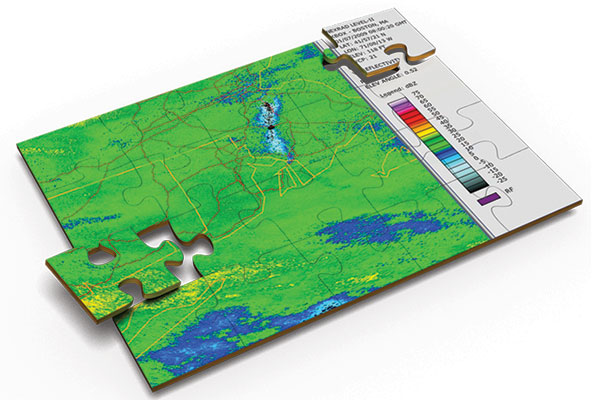
Coolant Leak in Engine Compartment May Cause FireA coolant leak in the presence of an ignition source, such as hot engine components, can increase the risk of a fire.
NHTSA Campaign Number: 23V484000
Manufacturer McLaren Automotive Incorporated
Components ENGINE AND ENGINE COOLING
Potential Number of Units Affected 652
Summary
McLaren Automotive Incorporated (McLaren) is recalling certain 2019-2020 600LT Coupe and Spider vehicles. The joint between the temperature sensor housing and the hose from the outboard radiator may not be sealed properly, which can result in coolant leaking into the engine compartment.
Remedy
Dealers will replace the coolant hose, temperature sensor housing, and constant pressure clamp, free of charge. The manufacturer has not yet provided a schedule for recall notification. Owners may contact McLaren customer service at 1-646-429-8916.
Notes
Owners may also contact the National Highway Traffic Safety Administration Vehicle Safety Hotline at 1-888-327-4236 (TTY 1-800-424-9153), or go to www.nhtsa.gov.










